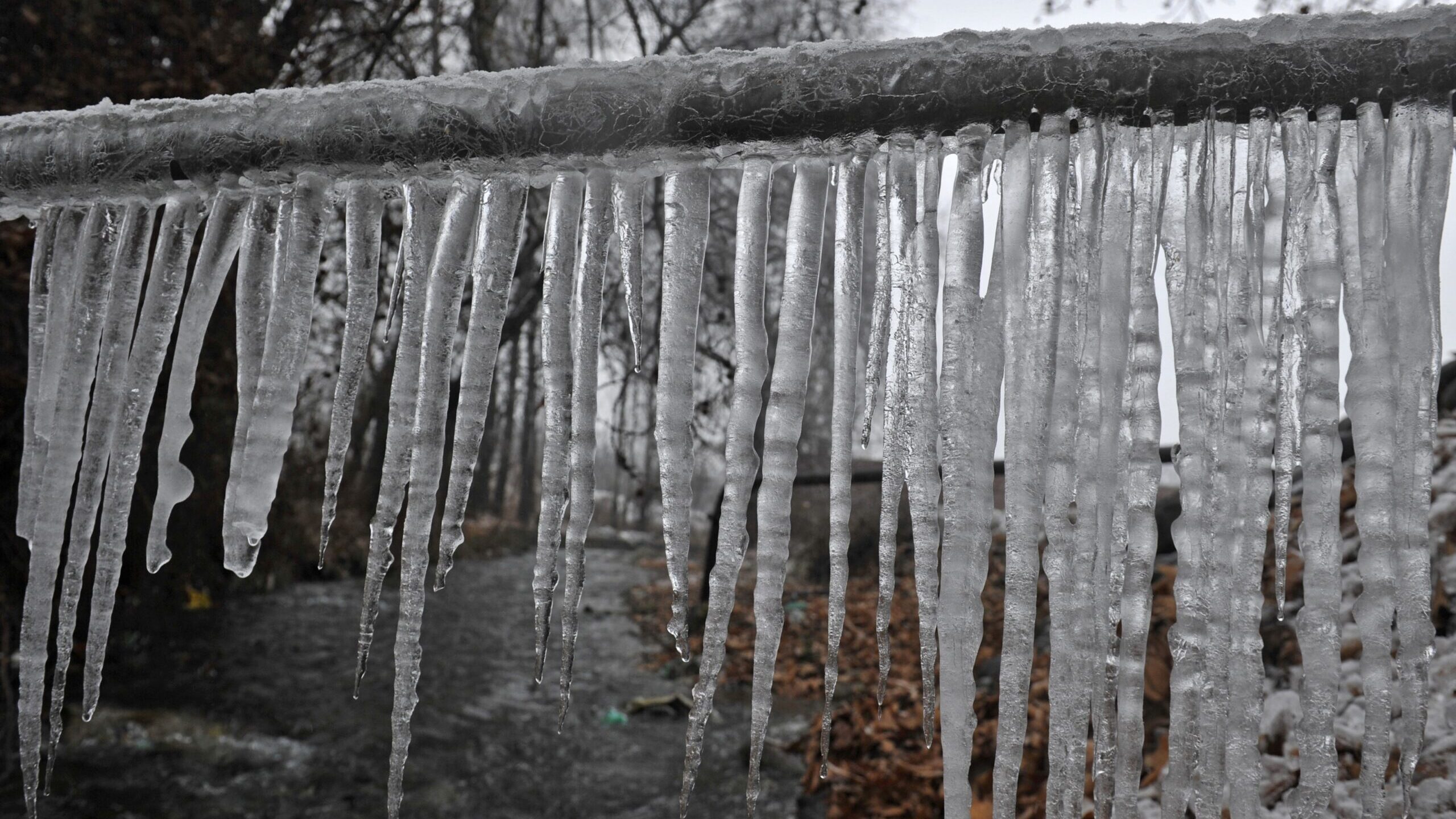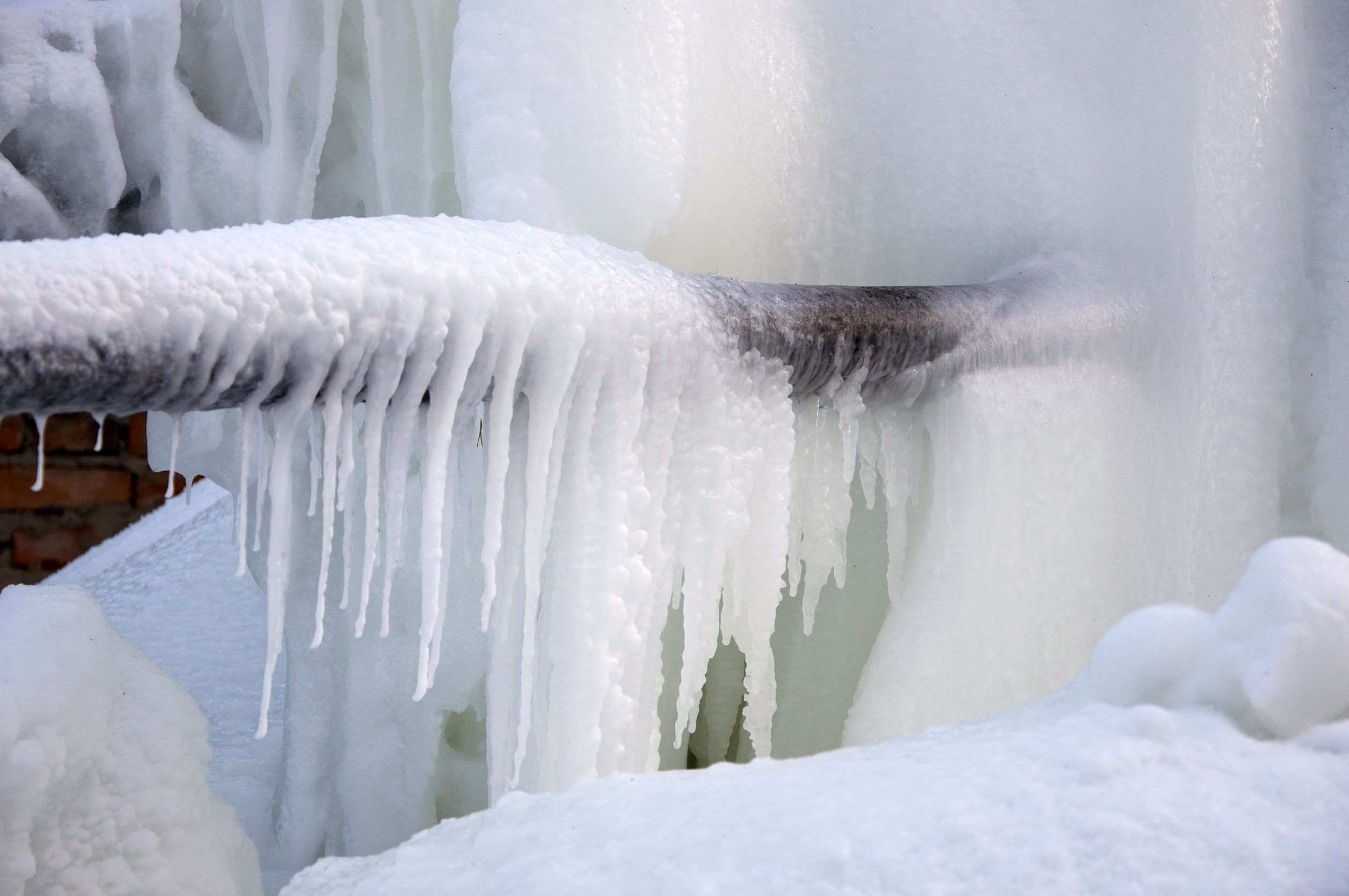Protect Against Frozen Plumbing in Cold Weather: Expert Strategies
Protect Against Frozen Plumbing in Cold Weather: Expert Strategies
Blog Article
Just how do you feel about Preventing and dealing with frozen pipes?

Winter can damage your plumbing, especially by freezing pipes. Here's how to avoid it from occurring and what to do if it does.
Intro
As temperature levels decline, the danger of icy pipes boosts, potentially leading to expensive repair work and water damages. Recognizing how to stop frozen pipelines is critical for house owners in cool environments.
Recognizing Frozen Pipelines
What creates pipelines to ice up?
Pipes ice up when subjected to temperature levels below 32 ° F (0 ° C) for expanded durations. As water inside the pipelines ices up, it increases, taxing the pipeline walls and possibly triggering them to break.
Dangers and damages
Icy pipelines can result in water system interruptions, home damage, and expensive repairs. Burst pipes can flooding homes and create extensive structural damage.
Signs of Frozen Pipeline
Determining frozen pipes early can stop them from breaking.
Exactly how to determine icy pipes
Look for lowered water flow from faucets, uncommon smells or sounds from pipelines, and visible frost on subjected pipes.
Avoidance Tips
Shielding at risk pipelines
Wrap pipelines in insulation sleeves or use warmth tape to secure them from freezing temperatures. Focus on pipelines in unheated or outside locations of the home.
Heating techniques
Keep indoor rooms properly heated up, especially areas with plumbing. Open closet doors to permit warm air to circulate around pipelines under sinks.
Shielding Exterior Pipes
Yard hose pipes and outside faucets
Detach and drain garden hoses prior to winter. Install frost-proof faucets or cover outside taps with insulated caps.
What to Do If Your Pipes Freeze
Immediate activities to take
If you think icy pipes, keep taps open to relieve pressure as the ice thaws. Utilize a hairdryer or towels taken in hot water to thaw pipes slowly.
Long-Term Solutions
Architectural changes
Take into consideration rerouting pipes away from exterior walls or unheated areas. Add extra insulation to attics, basements, and crawl spaces.
Updating insulation
Buy premium insulation for pipelines, attic rooms, and wall surfaces. Proper insulation aids keep regular temperatures and minimizes the threat of icy pipelines.
Verdict
Protecting against icy pipelines needs positive steps and quick feedbacks. By recognizing the causes, indicators, and safety nets, homeowners can secure their pipes during cold weather.
5 Ways to Prevent Frozen Pipes
Drain Outdoor Faucets and Disconnect Hoses
First, close the shut-off valve that controls the flow of water in the pipe to your outdoor faucet. Then, head outside to disconnect and drain your hose and open the outdoor faucet to allow the water to completely drain out of the line. Turn off the faucet when done. Finally, head back to the shut-off valve and drain the remaining water inside the pipe into a bucket or container. Additionally, if you have a home irrigation system, you should consider hiring an expert to clear the system of water each year.
Insulate Pipes
One of the best and most cost-effective methods for preventing frozen water pipes is to wrap your pipes with insulation. This is especially important for areas in your home that aren’t exposed to heat, such as an attic. We suggest using foam sleeves, which can typically be found at your local hardware store.
Keep Heat Running at 65
Your pipes are located inside your walls, and the temperature there is much colder than the rest of the house. To prevent your pipes from freezing, The Insurance Information Institute suggests that you keep your home heated to at least 65 degrees, even when traveling. You may want to invest in smart devices that can keep an eye on the temperature in your home while you’re away.
Leave Water Dripping
Moving water — even a small trickle — can prevent ice from forming inside your pipes. When freezing temps are imminent, start a drip of water from all faucets that serve exposed pipes. Leaving a few faucets running will also help relieve pressure inside the pipes and help prevent a rupture if the water inside freezes.
Open Cupboard Doors
Warm your kitchen and bathroom pipes by opening cupboards and vanities. You should also leave your interior doors ajar to help warm air circulate evenly throughout your home.

As a keen person who reads about Prevent Frozen Pipes , I assumed sharing that post was really helpful. Are you aware of someone else who is in to the niche? Take a moment to promote it. Thanks for taking the time to read it.
Schedule A Service Report this page